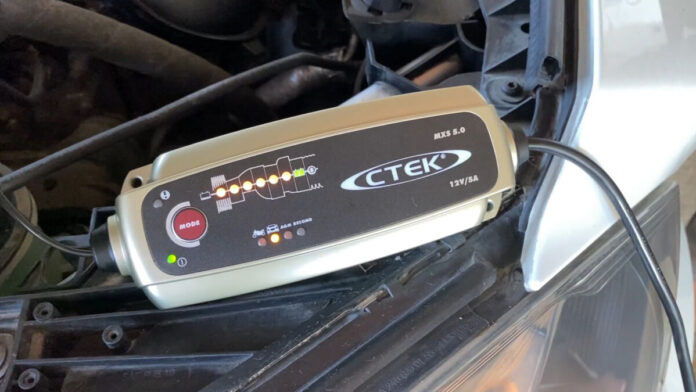E-waste is a real issue that needs to be addressed. According to the United Nations Institute for Training and Research, there was a staggering 53.6 million metric tons globally in 2019, and that number continues to increase as people keep replacing their old devices. E-waste is everywhere, and it includes appliances, consumer electronics, lights, and batteries. Lead-acid batteries such as those most commonly used in cars, motorcycles, and generators, are of particular concern because of a number of reasons.
What’s the issue with lead-acid?
Lead-acid batteries are practically ancient, as far as technology goes, but it’s still in use firstly because it’s inexpensive, particularly against the newer battery types. Because it’s been around for so long, the processes and final products are extremely refined, and perfectly fit the use cases they’re in. This is because lead-acid batteries are mechanically and electrically robust, being able to handle heat, deliver lots of current, and still keep the ability to hold a lot of charge, even when drained fairly low.
Aside from weight though, their main downside is in the name: they contain lead, an element that’s toxic in small amounts. Lead is harmful to living things, particularly children, and levels of lead can build up in the environment and the human body over time, as the body doesn’t naturally expel lead on its own. It’s a very stubborn pollutant that is hard to remove from the environment, and can cause problems for generations. The acid in lead-acid is also extremely corrosive, and very easily contaminates soil and groundwater. All these factors mean that these batteries require proper handling to ensure a safe environment.
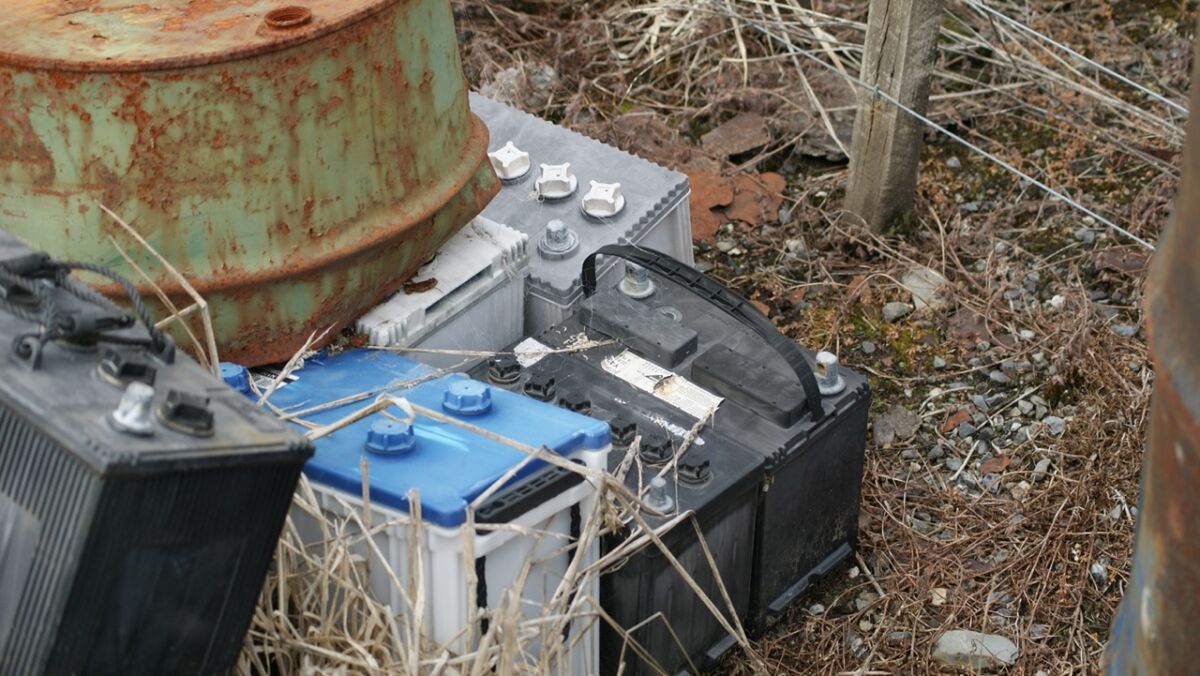
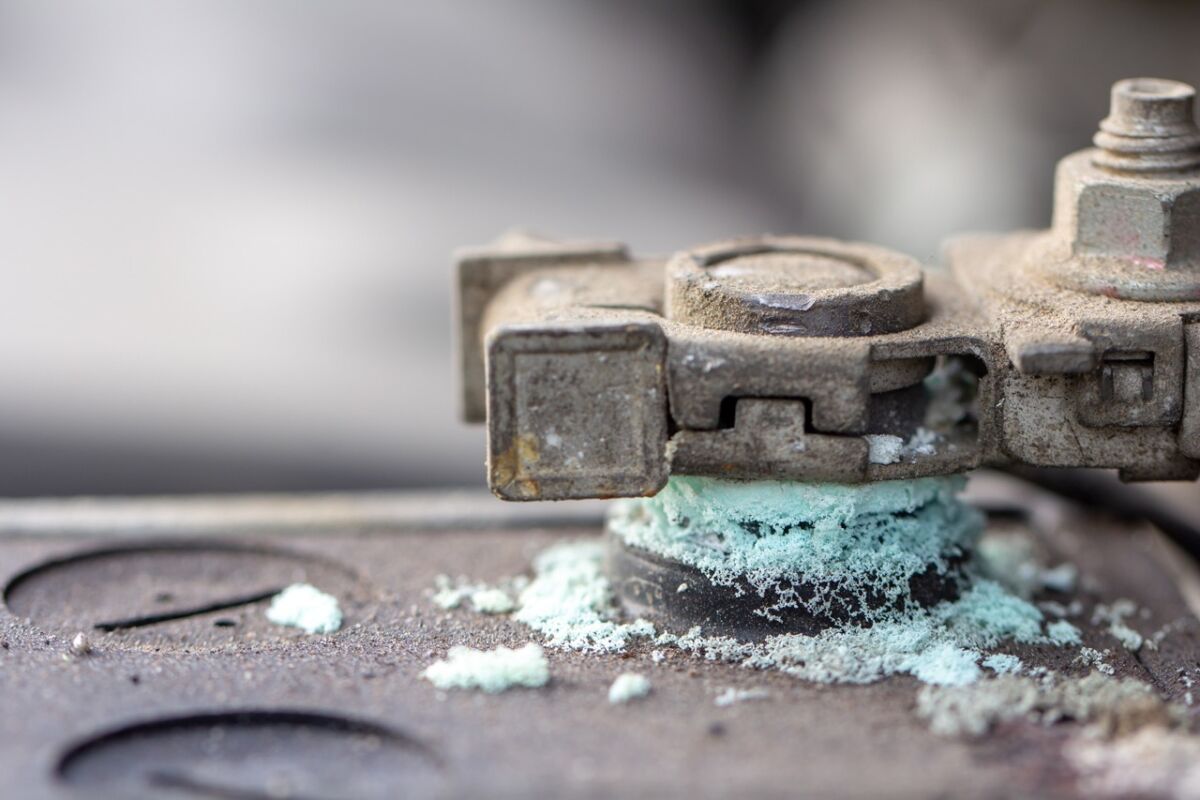

Therein lies the problem. Proper disposal isn’t always possible, and in many places such as in most of the Philippines, facilities to properly handle spent batteries aren’t available. There’s also the matter of sketchy or backyard recycling outfits that don’t responsibly take care of the waste, leading to more problems than they solve.
What can we do about it?
All batteries die eventually, and when they reach the end of their usable life, we have to make sure we take them to facilities that take proper care of the e-waste. Another way, and one that’s as good for your wallet as the environment, is to take better care of your batteries.
You can drastically reduce e-waste by extending the life of the battery you have now with devices such as CTEK’s adaptive charging solutions. These devices keep your car or motorcycle batteries in tip-top shape, even if the vehicle is unused for long periods of time. This has obvious benefits. Your car or bike will be ready to go at any time, and you won’t ever have to worry about a flat battery when you hit the ignition. These also keep the battery healthy, making sure it charges at an optimum rate when it needs it, and protecting it from the negative effects of overcharging, or deep discharging. With it, you can up to double the lifespan of your battery, reducing e-waste, as well as saving you money in the process.
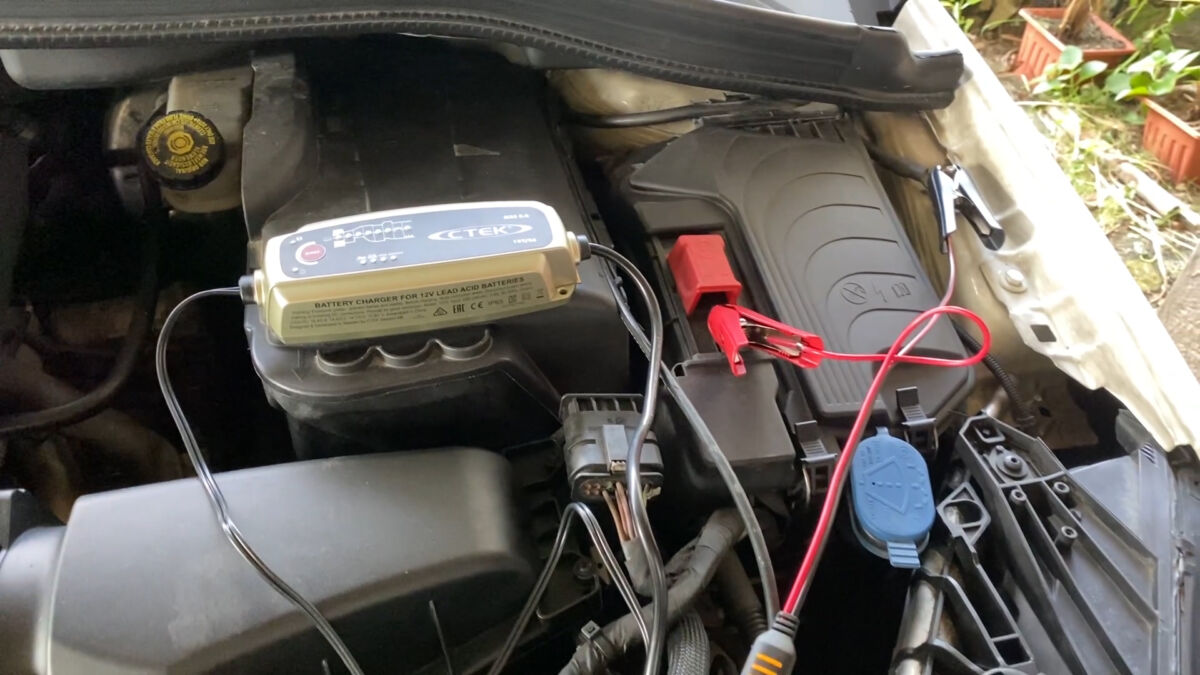
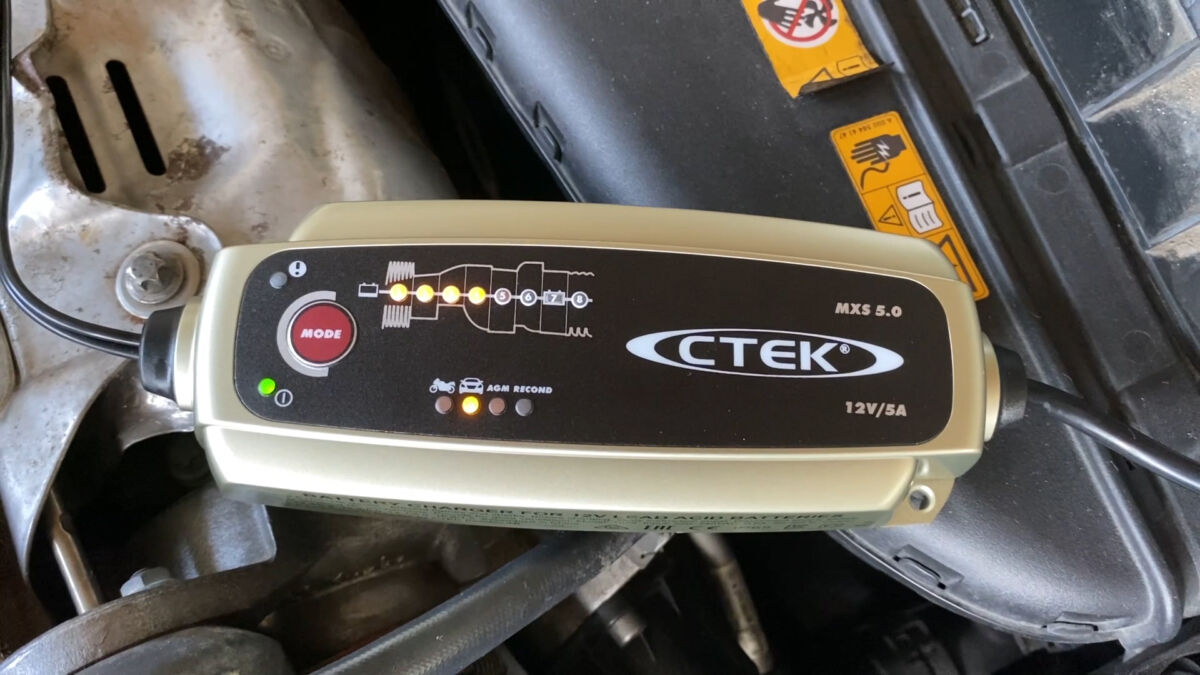
Devices such as these might seem like a big investment, but they do pay for themselves in one or two battery changes. Power consumption is also extremely low, since it only charges the battery when it needs it, and just enough to keep it at the optimum state of charge. There are even models that offer a RECONDITION mode that works to bring deeply discharged batteries back to life, allowing you to keep going should your battery get over-drained for whatever reason such as being left unused for an extended period of time.
You can do your part in helping the environment just by taking care of your car or bike’s battery, while saving a little money in the process. It’s a win for your pocket, and the environment!
